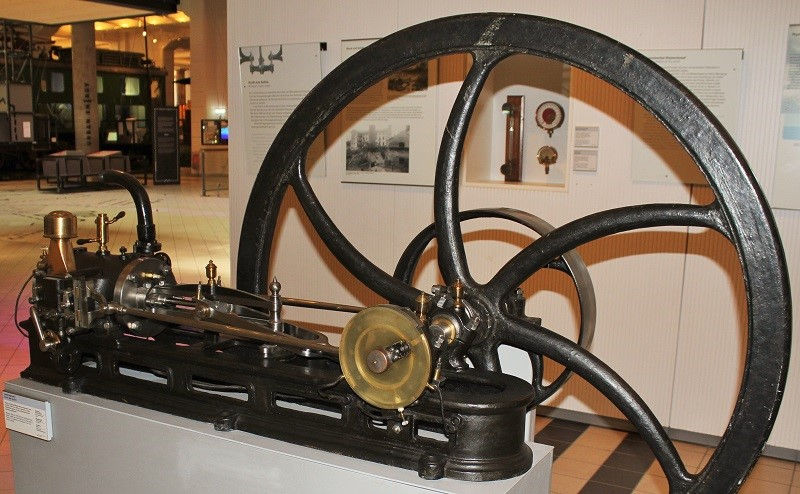Flexi Fuel
- webtheinquisityclu
- Apr 26, 2021
- 3 min read
Henry Ford's iconic Model T, built from 1908 to 1927, featured carburetor jets that could be adjusted to let the engine run on gasoline, ethanol, or a mix of the two? Well, that’s what we call Flexi-Fuel. Today, several known flex-fuel benefits exist.

What is Flexi-Fuel?
Flex fuel, or flexible fuel, is an alternative fuel made of a combination of gasoline and methanol or ethanol. Flex-fuel vehicles are those that have internal combustion engines designed to run on more than one type of fuel.
Is this a new technology? Well, no, at least not for the international market. The concept of flexi-fuel was 1st used widely for mass production in the Ford Taurus back in 1994.
Do we have flexi-fuel powered cars in India?
The latest entrant in the Indian automotive market Citroen decided to introduce the concept of flexi-fuel in the Indian automobile market along with the launch of Citroen C5 Air-Cross. Globally as per the stats of 2017, approximately 21millions cars which ran on Flexi-fuels were registered across globe.

How does Flexi-Fuel work?
A flex fuel car running on E85 will generally run just as it does when run-on pure gasoline, with a few key exceptions. The pump octane number of E85 is typically 110, as opposed to gasoline's 84 to 93, which means it can withstand more compression before auto-igniting, or "knocking."
Oh, here we are with a few new terminologies.
What is E85? In international market fuel pumps dispense different grades of fuel, of which the "E85" must dispense fuel mixtures containing between 51 and 83 percent ethanol in gasoline, according to ASTM International (originally the American Society for Testing and Materials). The exact mixture can vary within that range depending on the season and geographic location.

Octane number - also known as Anti-Knocking rating, it’s the ability of the fuel to resist knocking when ignited in the combustion chamber.
Flexi-Fuel benefits
● Cleaner for the environment- Ethanol burns cleaner than gasoline, which means flex-fuel cars pump fewer toxic fumes into the environment. Flex fuel also contributes fewer greenhouse gases, making it a more environmentally friendly option than traditional gasoline.
● Can Vary fuel composition- One of the greatest advantages of a flex-fuel vehicle is that can burn over a wide range of fuel+ethanol ratio. The car is equipped with electronic sensors that gauge the blend, and its microprocessors adjust the fuel injection and timing.
● Sustainable sources of fuel- Flex-fuel vehicles run on ethanol, which is sustainably produced from ingredients such as cane sugar and corn. This makes ethanol a good alternative to purchasing foreign oil. (Murcia not approved).
● Improved Performance- While some might argue that using an alternative fuel source can negatively impact a vehicle's performance, it can have the opposite effect. Flex-fuel vehicles do not experience a loss in performance when using E85 fuel.
Disadvantage of Flexi-Fuel
- Possible early pistons wear out.
- Lower mileage
- Very few petroleum’s store flexi-fuel
Final thoughts

The world surely is going towards electric vehicles but that is still a long way as electric vehicles come with their own set of issues. However, at present the world does seem to be a move toward using ethanol as an environmentally friendly and economical fuel source. More ethanol refining plants are opening, and even if you are not ready to transition to a flex-fuel vehicle yet, it's something to keep in mind for the future. Technology is always changing, so there is no way to predict what flex-fuel vehicles and advances could emerge over the next few years.
Gaurav Chakraborty
R19ME015
R19ME015@ME.REVA.EDU.IN




Comments